According to the Draft Law on Teachers submitted to the National Assembly for consideration and comments for the first time at the 8th Session of the 15th National Assembly, for the first time, the legal position of non-public teachers is fully and synchronously established as teachers, not just as workers under the labor contract mechanism.
The Draft Law on Teachers was submitted to the National Assembly for its first comments at the 8th Session of the 15th National Assembly, consisting of 9 Chapters and 50 Articles.
The Law on Teachers applies to teachers in public educational institutions and teachers in non-public educational institutions. This helps to “fill” the legal gap for non-public teachers when the Law on Civil Servants only sanctions “Vietnamese people recruited and working in public educational institutions”.
For the first time, the legal position of non-public teachers is fully and synchronously established as teachers, not just as workers under the labor contract mechanism.

According to statistics, the current teaching staff has up to 6 groups of subjects, including civil servants, public employees, workers, military officers, police officers, and people who teach and educate in schools in the system of Party agencies, the Front, and mass organizations.
The above groups are linked to each level of education and training, leading to some regulations on teachers being implemented inconsistently and inconsistently. The Law on Teachers standardizes the teaching staff through a system of titles and professional standards for teachers with standards that closely follow the requirements of professional capacity but still ensure distinct elements linked to each level of education and training level.
According to the draft Law on Teachers, recruitment and employment policies are regulated in connection with the characteristics of professional activities. In particular, the recruitment of teachers must ensure pedagogical practice in order to select people with sufficient capacity in accordance with the professional standards of teachers, meeting the professional activities of teachers according to each level of education and training level.
Policies on mobilization, secondment, transfer, inter-school and inter-level teaching for teachers in public educational institutions are fully regulated, serving as a basis for arranging and assigning teachers in accordance with the characteristics of professional activities and the requirements of the education sector.
With the draft Law on Teachers, teachers are protected through rights and prohibitions for teachers in the direction of increasing initiative, creativity and increasing protection for teachers in professional activities.
Teachers' salaries are ranked highest in the administrative career salary scale system; have priority in salary and allowance regimes higher than other teachers for preschool teachers; work in particularly difficult areas such as ethnic minority areas, mountainous areas, coastal areas and islands; specialized schools, other specialized schools; implement inclusive education; are ethnic minorities and teachers in some specific professions.
Teachers recruited and ranked for the first time will have their salary increased by 1 level in the administrative career salary scale system.
The retirement age of teachers has its own regulations in accordance with the characteristics of professional activities. In particular, teachers in preschools, if they wish, can retire at a lower age but not more than 5 years older than the regulations and will not have their pension rate deducted due to early retirement.
Over the past time, the Drafting Committee of the Law on Teachers has organized hundreds of seminars, conferences, exchanges, and opinions...
The Ministry of Education and Training said that the consistent viewpoint of promulgating the Law on Teachers is to promote the development of the teaching staff, attract qualified and dedicated people to the profession and "retain" the teaching staff, not to build a law to prescribe institutions for State management.
Source: https://daidoanket.vn/lan-dau-tien-vi-tri-phap-ly-cua-nha-giao-ngoai-cong-lap-duoc-xac-lap-10294068.html

















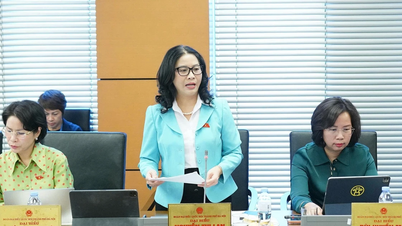

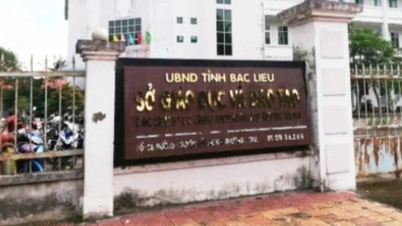

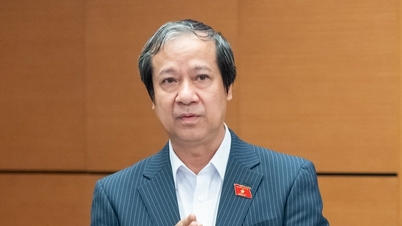

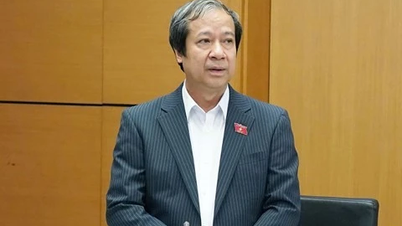
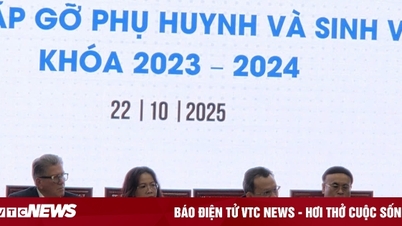














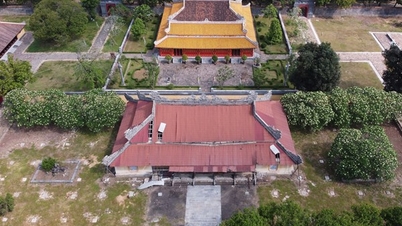



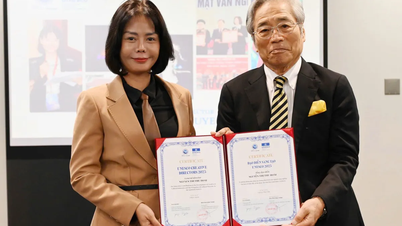

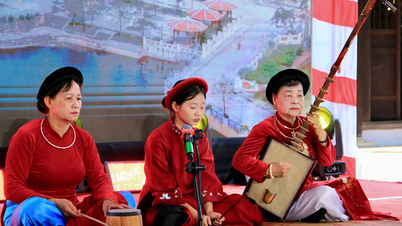


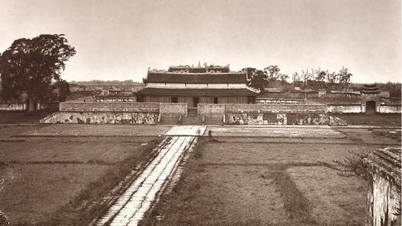





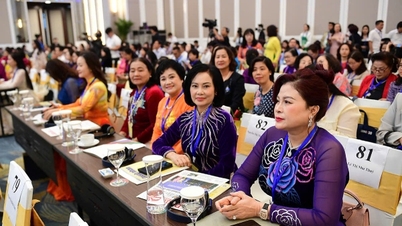




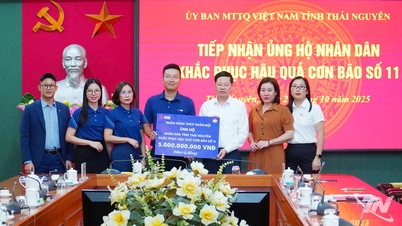



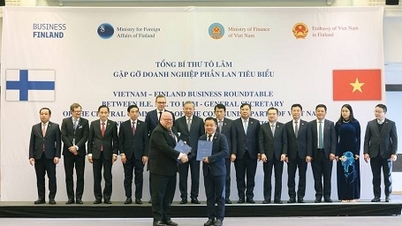












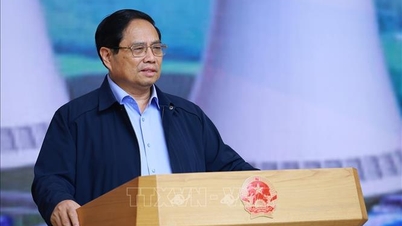






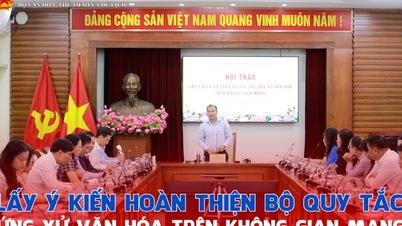
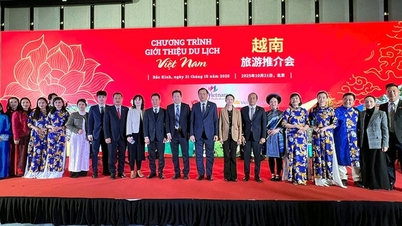
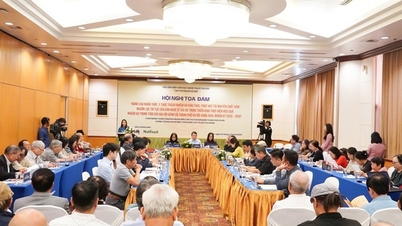
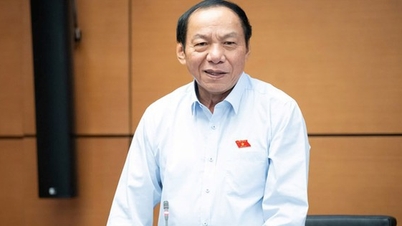
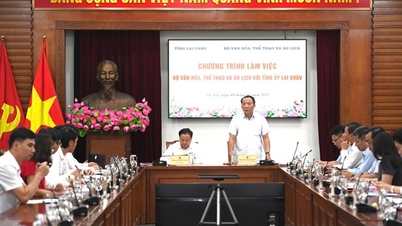


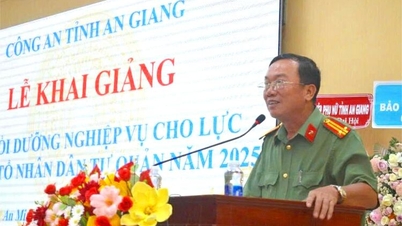

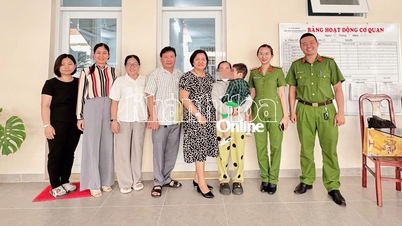

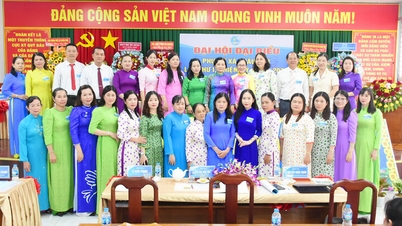
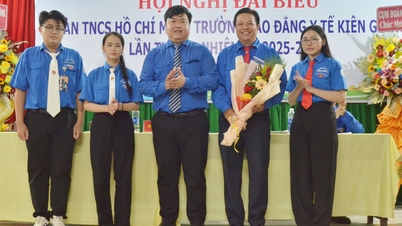









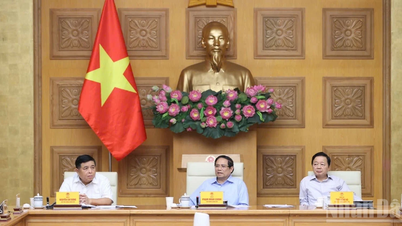
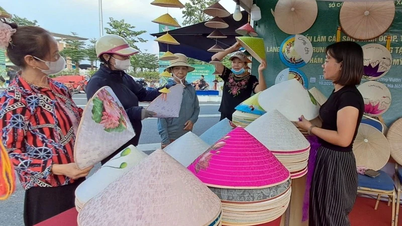





Comment (0)